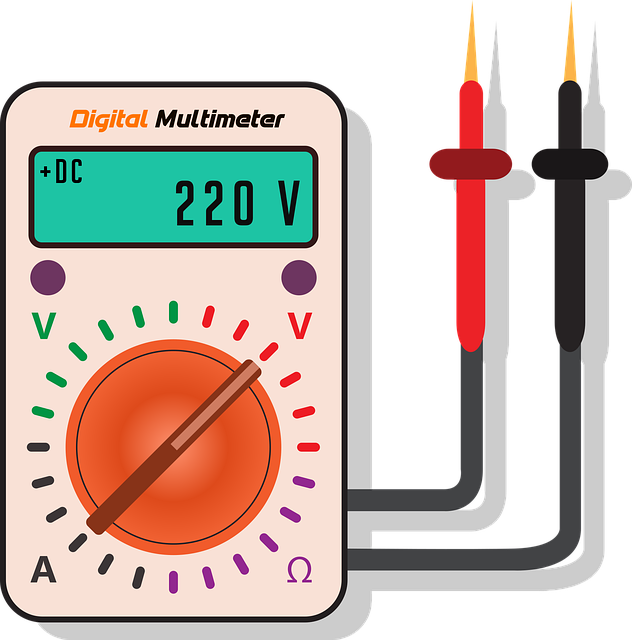1. Power System-1
2. Control System
3. Analog and Digital Communication System
4. Power Electronics
5. Program Elective-1
6. Internship, OE-1(MOOC) Slot for HS and GES

EEE
Fifth Semester
Basic Concepts ( 4 Hrs )
EvolutionofPowerSystemsandPresent-DayScenario.Structureofapowersystem: Bulk Power Grids and Micro-grids. Generation: Conventional and Renewable Energy Sources. Distributed Energy Resources. Energy Storage. Transmission and Distribution Systems: Line diagrams, transmission and distribution voltage levels and topologies (meshed and radial systems). Synchronous Grids and Asynchronous (DC) interconnections. Review of Three-phase systems. Analysis of simple three-phase circuits. Power Transfer in AC circuits and Reactive Power. Skin effect and Ferranti effect .
: Power System Components ( 15 hours )
Overhead Transmission Lines and Cables: Electrical and Magnetic Fields around conductors, Corona. Parameters of lines and cables. Capacitance and Inductance calculations for simple configurations. Travelling-wave Equations. Sinusoidal Steady state representation of Lines: Short, medium and long lines. Power Transfer, Voltage profile and Reactive Power. Characteristics of transmission lines. Surge Impedance Loading. Series and Shunt Compensation of transmission lines.
Transformers: Three-phase connections and Phase-shifts. Three-winding transformers, auto- transformers, Neutral Grounding transformers. Tap-Changing in transformers. Transformer Parameters. Single phase equivalent of three-phase transformers
Synchronous Machines: Steady-state performance characteristics. Operation when connected to infinite bus. Real and Reactive Power Capability Curve of generators. Typical waveform under balanced terminal short circuit conditions – steady state, transient and sub-transient equivalent circuits. Loads: Types, Voltage and Frequency Dependence of Loads. Per-unit System and perunit calculations.
Over-voltages and Insulation Requirements (4 Hr )
Generation of Over-voltages: Lightning and Switching Surges. Protection against Over-voltages, Insulation Coordination. Propagation of Surges. Voltages produced by traveling surges. Bewley Diagrams.
Introduction to DC Transmission & Renewable Energy Systems ( 9 hrs )
DC Transmission Systems: Line-Commutated Converters (LCC) and Voltage Source Converters (VSC). LCC and VSC based dc link, Real Power Flow control in a dc link. Comparison of ac and dc transmission. Solar PV systems: I-V and P-V characteristics of PV panels, power electronic interface of PV to the grid. Wind Energy Systems: Power curve of wind turbine. Fixed and variable speed turbines. Permanent Magnetic Synchronous Generators and Induction Generators. Power Electronics interfaces of wind generators to the grid.
Suggested books
1. J. Grainger and W. D. Stevenson, “Power System Analysis”, McGraw Hill Education, 1994
2. O. I. Elgerd, “Electric Energy Systems Theory”, McGraw Hill Education, 1995.
3. A. R. Bergen and V. Vittal, “Power System Analysis”, Pearson Education Inc., 1999
4. D. P. Kothari and I. J. Nagrath, “Modern Power System Analysis”, McGraw Hill Education, 2003.
Power Systems-1 Laboratory
Hands-on experiments related to the course contents of EE14. Visits to power system installations (generation stations, EHV substations etc.) are suggested. Exposure to fault analysis and Electro- magnetic transient program (EMTP) and Numerical Relays are suggested.